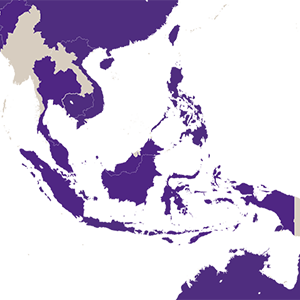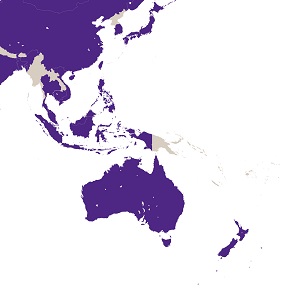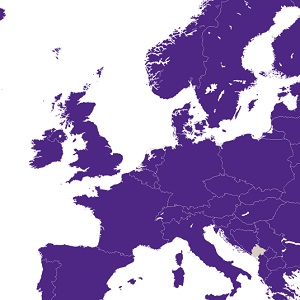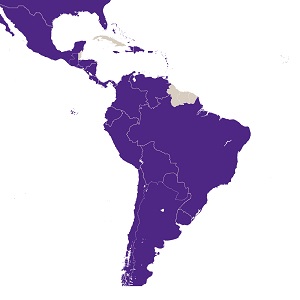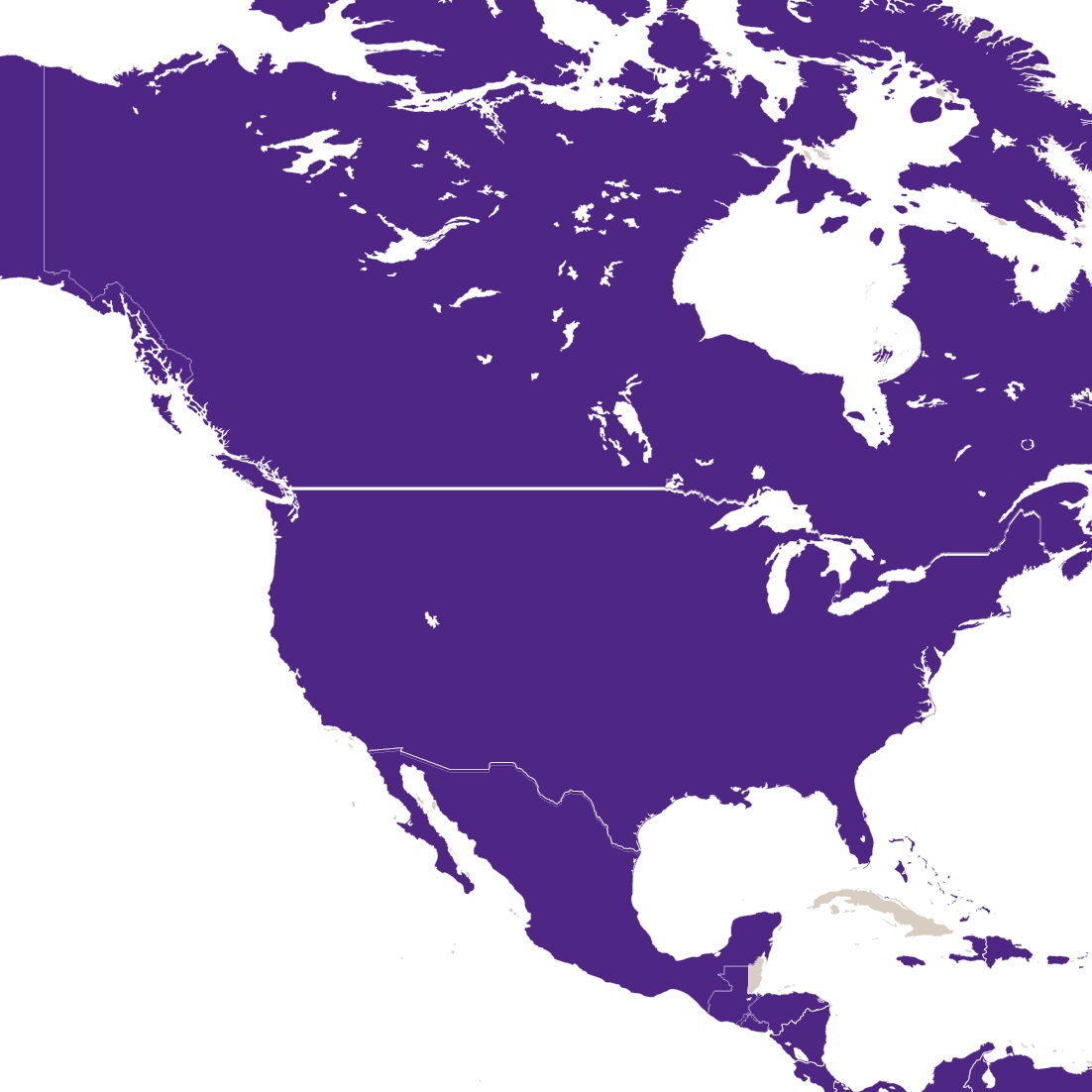
Global business pulse
Our future economic health, according to businesses right at its heart
Global mid-market returns to positive health
There are small moments and big moments in any recovery, and mid-2021 marks a big moment in the recovery of the global mid-market. For the first time since the start of the pandemic, Grant Thornton’s global index of mid-market health is back in positive territory. This is a tremendous achievement by this important segment of the economy, and given the strong correlation with real GDP change, it points to wider economic recovery. However, the index reveals a ‘supply crunch’ that threatens to weigh on recovery unless companies can negotiate the challenges ahead.
Rebounding outlook drives up mid-market health
Looming supply crunch, as access to finance and skills squeezed
Advanced warning of inflationary risks
Ready for take off! Companies race to international markets
Global snapshot
Sustainability agenda is influencing the outlook and restrictions
Companies prioritise investment to battle supply constraints
Mid-market leaders see red on red tape

Francesca Lagerberg, Global leader – network capabilities at Grant Thornton International Ltd. comments, “The vaccination programmes are giving confidence to businesses and that optimism feels right. It will still be a bumpy road ahead, but hopefully we can now begin to live with COVID, with the economy feeling stable and consistent, because that’s when mid-market business can really thrive.”
At a global level, the Global business pulse index rose from -3.6 in H2 2020 to 0.2 in H1 2021, reflecting a return to marginally positive health. This move was underpinned by improvements in 24 of the 29 countries and all but one of the regions: North America remained flat, but in positive health. There were also general improvements across industries, although the unevenness in recovery seen earlier in the pandemic remains.
The most recent index result provides a timely snapshot of the health of mid-market companies. One of the most comprehensive business surveys of its type and based on interviews with around 5,000 mid-market leaders between May and June 2021, the resulting score is a measure of positive or negative business health (Global Business Pulse methodology). The sections below provide the full health report for the mid-market globally, and you can also access regional index write-ups for the Latin America, North America, EU, Asia Pacific and ASEAN regions, and a round-up of the industry performance.
Headlines from the latest Global business pulse
Rebounding outlook drives up mid-market health
At the heart of the recovery in health is a much stronger outlook among mid-market companies. Over two-thirds of these companies are now feeling slightly or very optimistic about their own economies. This is 22 percentage points (pp) higher than levels seen in H2 2020 and now even well above pre-COVID levels. The improved outlook chimes with the World Bank’s forecast of a 5.6% growth in the world economy in 2021 and what it terms ‘its strongest post-recession pace in 80 years’.[i]
Leaders also feel much more bullish about the prospects for their own businesses. Expectations for revenue and profit growth both increased 12 percentage points (pp) in H1 2021 compared with the last wave of research. 57% now expect to increase revenue in the next 12 months and 56% expect to grow profits. Both indicators are approaching levels not seen since 2018, helped to some degree by lower comparisons during the pandemic.
 Mike Ward, Global head of advisory at Grant Thornton International Ltd., says this relatively quick recovery offers a first-mover advantage. “Your goal in any recession is to try not to fall too deep into the valley. Find the floor, race across the floor, reach the other side and get out before everybody else does, because you then get first grab of the resources.”
Mike Ward, Global head of advisory at Grant Thornton International Ltd., says this relatively quick recovery offers a first-mover advantage. “Your goal in any recession is to try not to fall too deep into the valley. Find the floor, race across the floor, reach the other side and get out before everybody else does, because you then get first grab of the resources.”
Looming supply crunch, as access to finance and skills squeezed
The first grab of the resources is particularly important given that the mid-market is facing a looming supply crunch. Our index considers both the outlook and the restrictions to get a rounded picture of business health. On the restrictions side, supply constraints are elevated across a number of areas, including access to finance, availability of skills and regulation and red tape.
The concern about finance is something that we have commented on in the past, but it has become even more problematic with 51% citing it as a key constraint. The mid-market is particularly reliant on bank funding, and in some countries there has been a tightening of credit supply due to bad debts and growing risk aversion. Francesca also points out that “most countries that had a furlough or incentivisation schemes are either withdrawing or reducing them, and those have been a lifeline for many businesses.”
Companies are also now in a war for talent, with nearly 60% of firms highlighting concerns about the availability of skills. This shortage is made worse by the economic recovery and higher competition for workers, and shows its face in other indicators, such as elevated concerns about labour costs and higher expected salary increases.
Grant Thornton has suggested a number of strategies to deal with this issue. Mike says that growing numbers of Grant Thornton’s clients in the US are looking at alternative sources of labour. They are embracing remote hiring and working to widen the talent pool – having successfully done this throughout the pandemic.
To widen this pool still further, Francesca stresses the importance of diversity and inclusive leadership. The changes in working practices and developments in technology forced by the pandemic hold myriad opportunities for businesses. But to maximise the potential of this altered landscape, leaders need to be cross-cultural, connected, and empathetic. We know that in response to COVID-19, 45% of businesses worldwide promoted work-life balance and flexibility to boost employee engagement and inclusion, and 37% instigated new working practices to better engage all employees.
The supply crunch probably won’t drag the index crashing back down to earth, but it will weigh on further improvements and company leaders should tackle these issues now to avoid any slowdown – and get first grab of resources.
 “They must take control over the things that they can control,” advises Robert Hannah, leader of the international business support function at Grant Thornton International Ltd and head of large and complex advisory, Grant Thornton UK.
“They must take control over the things that they can control,” advises Robert Hannah, leader of the international business support function at Grant Thornton International Ltd and head of large and complex advisory, Grant Thornton UK.
Advanced warning of inflationary risks
What’s important to also stress here, is that the supply constraints significantly increase the risk of inflation. In the US, for example, June’s inflation figures hit 5.4%, recording its biggest jump since 2008, with supply-chain bottlenecks cited among the causes.[ii] For many businesses, this will be a new foe and it could be a dangerous one.
Inflation can squeeze profitability, and primarily needs to be tackled by increases in selling price (externally) and productivity improvements (internally). But it also brings the prospects of higher interest rates to control the inflation, which can dramatically slow demand and push up costs of borrowing.
“You learn to deal with inflation by being more efficient,” says Robert. “Working out how much you can pass on and how you can become more efficient – use of technology is critical here. Prioritise investments that make you more efficient and be careful about debt levels and perhaps even manage them down.”
Ready for take off! Companies race to international markets
Grant Thornton has tracked extraordinary shifts in attitudes towards internationalisation during the course of this pandemic. From the withdrawal back to domestic markets during the early days, to the promising return to international markets. Recently we analysed the customer and competitor opportunities internationally and concluded that there is a ‘once in a generation’ opportunity for companies to grow internationally.
In H1 2021 we see what can only be described as a stampede of companies looking to grow internationally, a trend which we will explore further in upcoming insights. Some 45% of all mid-market companies expect to increase exports in the next 12 months; that’s 11pp up on H2 2020 and the highest level in the decade of IBR results. To support this growth, 39% of companies are now dedicating a higher proportion of employees towards servicing international markets than domestic markets.
The expansion in sales abroad is not just about a recovery in existing markets, but also companies expanding into new markets. 43% of businesses are anticipating an increase in the number of countries they sell to in the coming year. This is about double the level seen during the height of the pandemic.
The pattern we see in a decade’s worth of index results is that outlook and restrictions generally move in the same direction – as one improves, so does the other, and vice versa. In H1 2021, we see the opposite happening. While outlook improved, restrictions worsened.
Fortunately, the scale of the improvement in outlook from 46.2 to 56.7 more than outweighed the deterioration seen on the restrictions side – down from -53.4 to -56.3. As a result the index overall moved upwards. More traditional behaviour is seen in the movement of economic optimism (part of outlook) and economic uncertainty (part of restrictions), with both improving at the same time, but optimism moving more directly skyward.
On the restrictions side, and less than 100 days from COP26, the roll-out of new requirements around sustainability is certainly adding to the red tape and regulations that businesses are having to contend with. Our leadership team does however stress the importance of seeing the positives inherent in sustainability, and turning the ‘requirements’ into opportunities to improve efficiency and differentiation.
Many mid-market businesses already see sustainability as a potential catalyst to growth which will help to improve the outlook for mid-market companies. Our research last year found that 48% of all mid-market businesses believe that sustainability will have a net positive financial impact on their businesses. And popular picks for associated business benefits are ‘improving operational efficiency and lowering costs’ (selected by 47%), ‘meeting clients’ expectations or demands’ (45%) and ‘attracting motivating and retaining employees’ (42%).
It’s great to see three big ticks in the elements of outlook: business conditions, economic optimism and investment intentions. Business conditions spans expectations for revenue and profit growth, as well as expected changes in selling prices and exports, a real bright spot this wave.
The higher investment intentions are particularly encouraging, and the two areas where companies are focusing most of their firepower is productivity and staff. On the productivity side, some 59% of companies say they plan to increase investments in technology in the next 12 months, 56% in staff skills and 53% in research and development.
Francesca explains the technology bias here: “A lot of people have seen the value of technology investments in the last 18 months. The lingering unknowns mean that they are not going to take massive risks and continue to invest in things that will give them a short or medium-term return.” As already mentioned, investments in this area will also be important to counter the risks of inflation.
The second investment priority area links to the war for talent. Employment expectations for the next 12 months are the strongest on record, with 48% of firms looking to hire more workers. Companies are also shelling out on salaries, with 26% expecting to pay above-inflation salary increases in the next 12 months.
Francesca cautions that throwing money at this problem is rarely the answer. She notes that now is the time when companies that have been good to their people will reap the rewards, and smart companies are really thinking about new ways of working and taking the good from the pandemic.
As mentioned, supply constraints delivered the single biggest hit to restrictions over the period. One supply constraint which unusually is not defined by under-supply but over-supply is regulation and red tape.
The percentage of companies identifying this as a constraints is up 8pp to 57% globally. This is partly explained by the new regulations and requirements around sustainability, but more fundamentally, it is also likely due to ever-changing restrictions, incentives and taxation linked to COVID. While some of these restrictions will relax with time, it is likely that tax will get more draconian and complex as governments try to shore up their finances having spent heavily throughout the pandemics.
Another factor that will contribute to the regulatory burden is the large-scale entry and expansion into new geographies highlighted above. Every new export destination brings new regulations. To help counter the tide of paperwork, Robert encourages businesses to mobilise their trade associations to lobby for standardisation of requirements across borders, which can make a real difference. Grant Thornton can also ease the burden of regulation and red tape.
Regional and sector highlights
Supporting your pandemic recovery and realising your business ambitions
Please get in touch with your usual Grant Thornton contact or local member firm if you’d like to discuss the challenges or opportunities that you have at this stage in the pandemic.
__________
i. World Bank global outlook, June 2021
ii. CNBC.com - Inflation climbs higher than expected in June as price index rises 5.4%, 13 July 2021
Want to stay informed?
Grant Thornton’s Global business pulse is published bi-annually and brings insights into the health of mid-sized companies.
We will also publish further insights from our research throughout the year.
To be the first to hear when we publish new content please provide your contact details opposite.
You can also visit our ‘Navigating Uncertain Times’ section to see more advice from Grant Thornton, or access our new content on the impact of Covid-19 and mid-market resiliency.
Thank you for providing your contact details. We will keep you informed of new content and results as we publish them.
If you would like to speak to one of our experts, please contact your local member firm.
